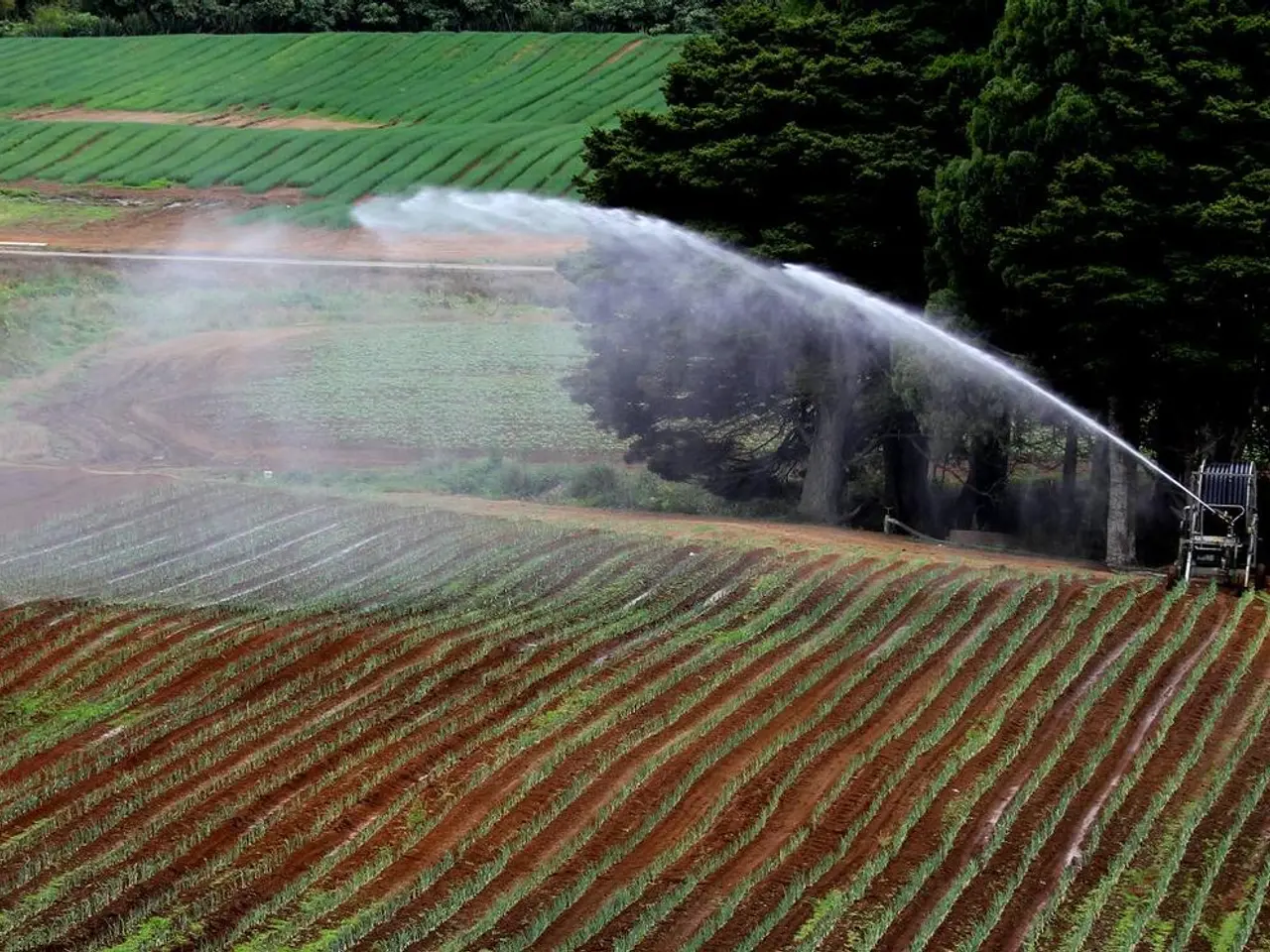Plants for curtailing soil erosion via permaculture methods
Soil erosion is a global issue that affects our economy and environment. Fortunately, we can combat this problem using plants.
One effective approach is to plant windbreak hedges with trees and shrubs, cover crops such as mustard, phacelia, buckwheat, vetch, alfalfa (lucerne), rye, oil radish, and mixtures of grasses and legumes depending on soil type. These plants help stabilize the soil, improve structure, suppress weeds, and increase nutrient content.
Plants with strong roots, like perennials and cover crops, can keep soil in place and protect it from erosion. For instance, deep-rooted plants like lavender and bayberry anchor soil to reduce landslides and runoff. Grasses are often used in mine reclamation, while wildflowers, or forbs, grow easily from seed and handle different soil types.
Legumes are particularly beneficial as they add nitrogen to the soil, which is important on poor soil. Willows and cottonwoods are top picks for stem cuttings in bioengineering due to their ability to grow and improve sites over time.
Riparian buffers, strips of plants along waterways, help control erosion by stabilizing banks and filtering pollutants. These buffers are crucial in protecting plants and animals that depend on water from soil settling. Construction sites often use plants, geotextiles, and walls to prevent soil erosion.
Integrating erosion control strategies is key to ensuring the system's long-term sustainability. This involves combining various strategies and techniques, such as using live pole drains made from cuttings to drain water and stabilize areas, and creating bioswales, rain gardens, and permeable surfaces to protect our soil by reducing runoff and promoting water infiltration.
Bioengineering techniques, like fascines and brush mattresses, use plant roots to hold soil together, offering long-term erosion control. Structural interventions and stormwater management also play a big role in erosion control.
By using a wide range of stormwater management strategies, we can fight soil erosion and create a more sustainable future. This holistic design approach makes each part work together, creating a strong, lasting solution. By combining various erosion control strategies, we can create a resilient, sustainable landscape that safeguards the soil and promotes the overall health of the ecosystem.
In permaculture and sustainable farming, effective soil erosion control requires a multifaceted, integrated approach. By understanding what causes erosion, like water runoff, wind, and human actions like farming and deforestation, we can find ways to stop it using plants.
By using the ideas from this article, we can help save our soil, which is crucial for the success of permaculture and sustainable farming.
Read also:
- Understanding Hemorrhagic Gastroenteritis: Key Facts
- Stopping Osteoporosis Treatment: Timeline Considerations
- Tobacco industry's suggested changes on a legislative modification are disregarded by health journalists
- Expanded Community Health Involvement by CK Birla Hospitals, Jaipur, Maintained Through Consistent Outreach Programs Across Rajasthan








